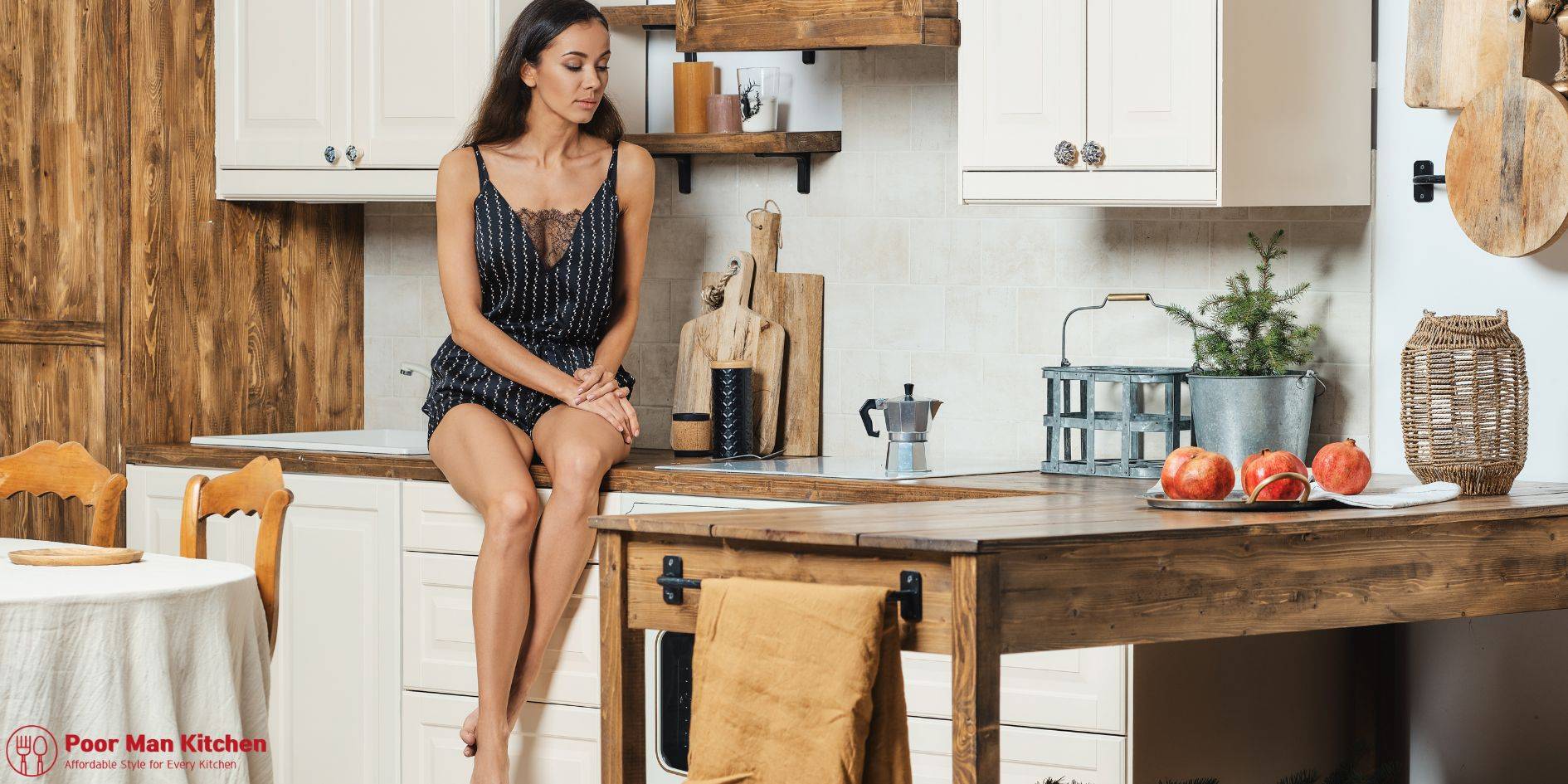Intro
Kitchen with a Stunning Wooden Island, Let’s face it– your kitchen isn’t simply an area for cooking any longer. A spectacular wooden cooking area island is more than just a design pattern—it’s a timeless option that brings both appeal and function to your space.
Here’s the thing: not all islands are developed equally. Let’s break it down step by step and discover how a wood island can truly transform your kitchen.
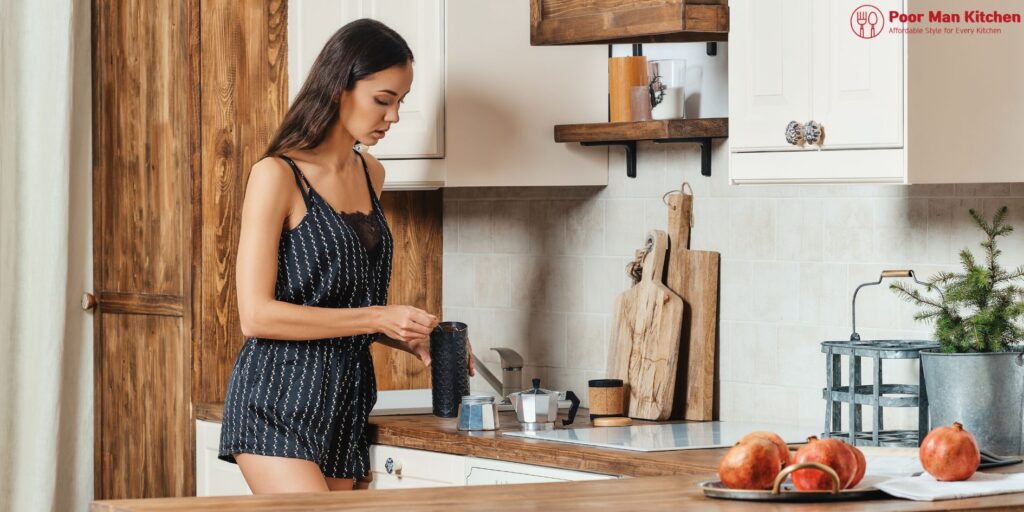
Benefits of Adding a Wooden Kitchen Island
Performance and Multi-Purpose Use
Think of a wood island as your cooking area’s Swiss Army knife. It’s your coffee station and breakfast bar in one.
Adds Warmth and Texture
Wood has a natural warmth and texture that manufactured products typically can’t duplicate. Whether it’s the complex grain of walnut or the soft, smooth surface of maple, a wooden island adds depth and personality to your kitchen area.
Improves Property Value
Real estate suggestion: Buyers love wooden islands. An attentively crafted wood island cannot only increase the appeal of your cooking area but also enhance your home’s overall resale value.
Picking the Right Wood for Your Island
Hardwood vs. Softwood: Which One’s for You?
When choosing wood, the first major decision is whether to opt for hardwood or softwood. Both have their pros and cons, so it depends on your budget, lifestyle, and taste.
Maple, Oak, and Walnut (Hardwoods).
- Maple: Light in color with a smooth grain. Great for modern and Scandinavian styles.
- Oak: Durable and heavy with prominent grain. Ideal for farmhouse or traditional kitchen areas.
- Walnut: Dark, abundant, and luxurious.
Pine and Birch (Softwoods).
- Pine: Cheaper and easier to work with, but more prone to damage. Perfect for rustic or distressed surfaces.
- Birch: Light-colored and consistent in grain. Sustainability and Eco-Friendly Choices.
Desire to minimize your carbon footprint? Choose reclaimed wood or FSC-certified lumber. Recovered wood not only narrates but likewise includes a charming, weathered appearance that’s hard to fake.
Resilience and Maintenance.
Hardwoods like oak and walnut can withstand a pounding, making them perfect for households and serious home chefs. Even softwoods can last years with correct care and periodic sealing or oiling.
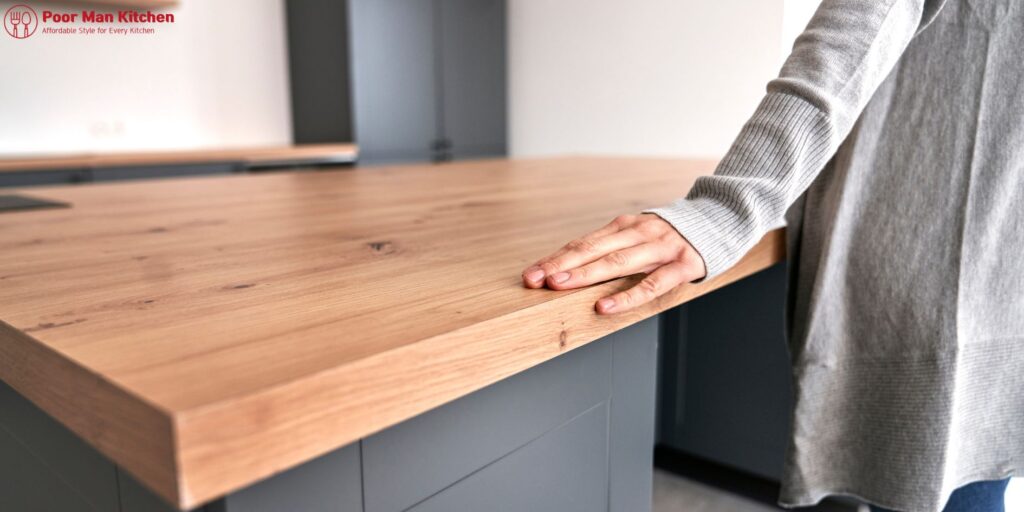
Design Styles for Wooden Kitchen Islands.
Rustic Farmhouse Look.
Farmhouse islands are all about comfort and appeal. Use weathered wood, chunky legs, and open shelves. Include beadboard paneling or crossbuck information to enhance that nautical feel.
Use maple or birch with a matte finish. Prevent elaborate details; instead, focus on built-in tech like touch lighting or wireless charging stations.
Industrial Chic Vibes.
Go bold with a mix of recovered wood and metal. Believe steel frames, exposed bolts, and concrete countertops. This edgy appearance is perfect for lofts or city homes.
Classic and conventional Designs.
Timeless never goes out of style. Raised panels, dark stains, and sophisticated carvings bring a refined feel. Enhance with brass or antique handles for that old-world appeal.
Wood Island Features to Consider.
Built-In Storage.
Optimize energy with smart storage.
- Deep drawers for pans and pots.
- Wine racks or glass holders.
- Pull out trash and recycling bins.
- Spice organizers.
Seating and Dining Extensions.
A breakfast bar with space for stools is a clever move. Go for a waterfall edge style where the wood flows down the sides if the area allows.
Integrated Appliances and Sinks.
Wood islands can accommodate built-in home appliances like:
- Mini refrigerators.
- Wine coolers.
- Microwaves.
- Sinks or dishwashing machines (guarantee waterproof barriers).
Countertop Materials that Pair Well with Wood.
Want contrast? Try these:.
- Granite: Available and durable in many patterns.
- Concrete: Gives an urban, contemporary twist.
- Butcher Block: Matches the island and offers a practical surface area.
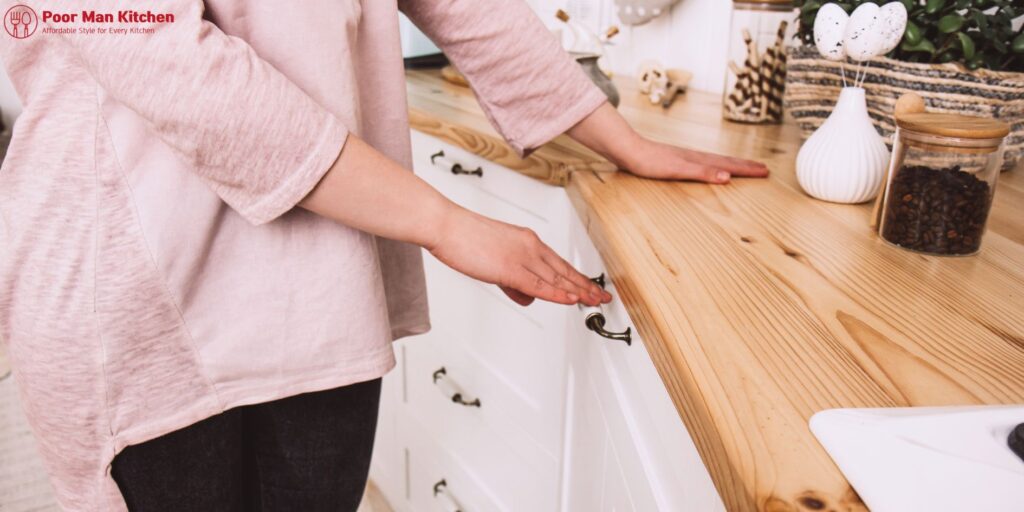
Matching Your Wooden Island with Existing Décor.
Color Tones and Finishes.
Choose tones that either complement or contrast your cabinets. A natural wood finish deals with white or grey cabinets. A black-stained island can ground a brilliant cooking area.
Coupling with Cabinets and Flooring.
Mixing products is in. Utilize a different finish for the island than the cabinets for a custom, designer look. However, always guarantee your flooring matches the wood tone.
Lighting Tips to Accentuate Wood.
Lighting makes or breaks your design. Try:.
- Pendant lights with warm LED bulbs.
- Toe-kick or under-cabinet lighting for drama.
- Edison bulbs for a classic ambiance.
- Recessed lighting for a modern-day clean look.
DIY vs. Professional Installation.
Advantages and Disadvantages of DIY Projects.
Pros:.
- Cost-effective.
- Customizable.
- Personal satisfaction.
Cons:.
- Time-consuming.
- Requires skills and tools.
- May impact resale if done poorly.
DIY is excellent if you have experience with woodworking or follow detailed instructions. Otherwise …
Hiring a Pro: What to Expect.
Expert installers will:.
- Ensure plumbing and electrical connections are safe.
- Level and secure the island effectively.
- Offer warranties and continuous support.
Expect to pay more but get long-term dependability and polish.
Cost Breakdown and Budgeting Tips.
Product Costs.
- Hardwood: $100–$ 250 per sq ft.
- Softwood: $50–$ 100 per sq ft.
- Countertop (quartz/granite): $60–$ 150 per sq ft.
- Butcher block: $40–$ 100 per sq ft.
Labor and Installation Fees.
- Basic setup: $500–$ 2,000.
- Plumbing/electrical: $300–$ 1,500 extra.
- Custom build: Up to $10,000+.
Cost-Saving Tips.
- Use pre-cut lumber.
- Choose butcher block over granite.
- Repurpose old furniture as the base.
- Install a mobile island instead of a fixed one.

Upkeep Tips for Longevity.
Cleaning Up Techniques.
Use mild soap and warm water. Dry immediately with a towel. For sticky messes, a vinegar-water mix works wonders.
Avoiding Scratches and Damage.
- Use cutting boards.
- Avoid direct heat or wet pans.
- Add roller coasters under drinks.
- Use protective mats for home appliances.
Refinishing and resealing.
Depending on usage, reseal wood every 1-2 years. Use a food-safe mineral oil or wax. Sand and re-stain as needed to keep it fresh.
Inspiring Wooden Island Ideas.
Butcher Block Tops.
Perfect for avid home cooks. Butcher blocks are resilient, knife-friendly, and stunning. Pair with navy cabinets for contrast.
Recovered Wood Islands.
Want a conversation starter? Recovered wood from barns or old ships adds a unique texture and rich history to your home.
Multi-Tiered Wooden Islands.
Add a raised bar height level for dining and a lower prep level. Great for open-concept homes where the kitchen seamlessly flows into the living room.
Conclusion.
At the heart of every unforgettable kitchen lies a standout feature. A wooden island is more than just a work surface– it’s a place where memories are made, meals are shared, and creativity unfolds. With unlimited modification choices, durability, and natural beauty, it’s easy to see why wooden islands are a must-have.
Whether you’re upgrading your existing setup or starting from scratch, investing in a wooden kitchen island is one choice you won’t regret. Bring soul to your kitchen area.
Go ahead– construct that dream island. Your kitchen area (and your future self) will thank you.
Frequently asked questions.
1. What is the finest wood for a cooking area island?
The very best wood depends on your needs. For sturdiness, choose oak, walnut, or maple. For charm and price, think about pine or birch.
2. Just how much does a wooden kitchen island cost?
Anticipate investing between $800 and $5,000, depending on the size, material, and functions. 3. Can I paint or stain my wooden island later on?
Yes! Wood is incredibly flexible. You can repaint or re-stain to match progressing patterns or your changing kitchen area décor.
4. Are wood islands appropriate for small kitchen areas?
Absolutely. Look for compact, mobile, or rolling islands that provide storage without occupying much space.
5. How do I maintain my wooden kitchen island?
Please keep it clean with mild soap and water, avoid direct heat, reseal it annually, and prevent moisture buildup to ensure long-lasting appeal.
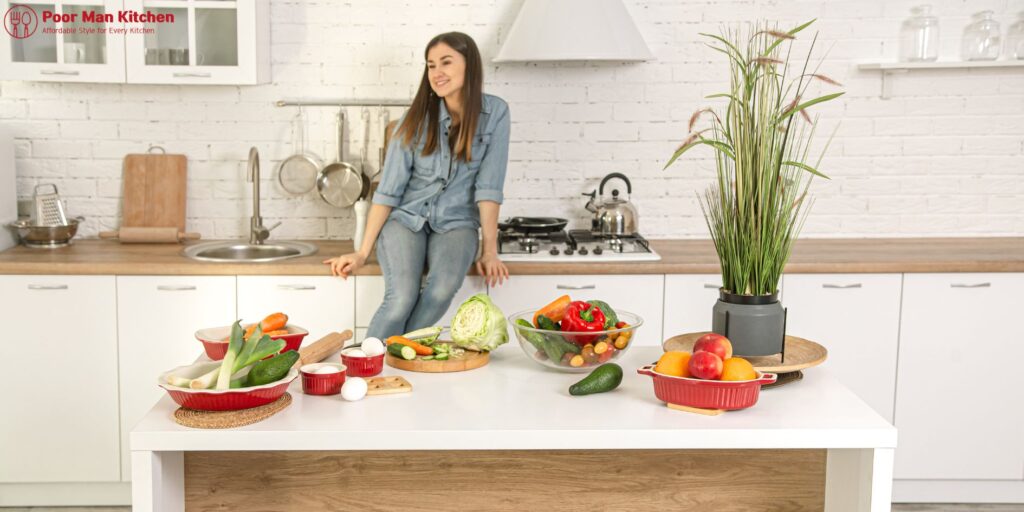
A spectacular wooden cooking island is more than just a design trend—it’s a classic option that brings both charm and function to your space.
Let’s break it down step by step and discover how a wood island can truly transform your cooking area.
Think of a wooden island as your cooking area’s Swiss Army knife. An attentively crafted wood island can not only enhance your kitchen’s appeal but also increase your home’s overall resale value.
Whether you’re upgrading your existing setup or starting from scratch, investing in a wooden kitchen island is one decision you won’t regret.

